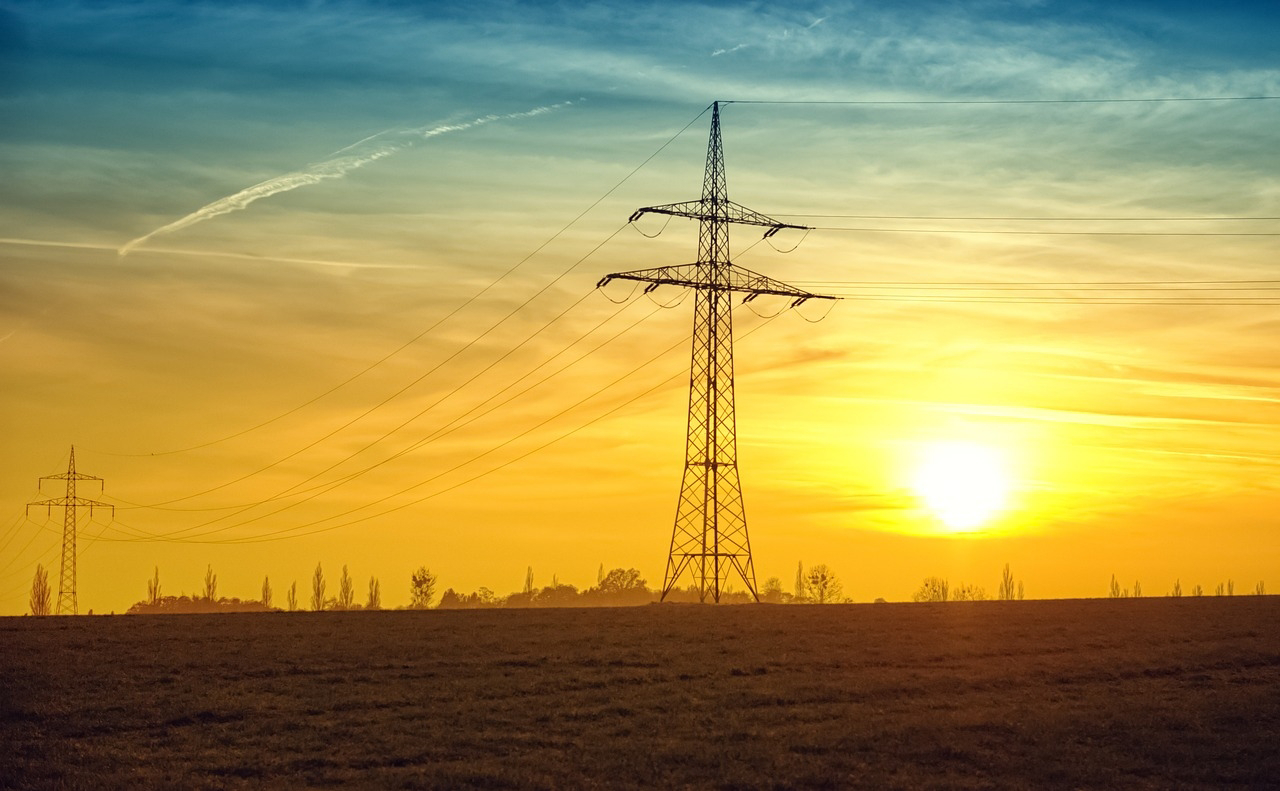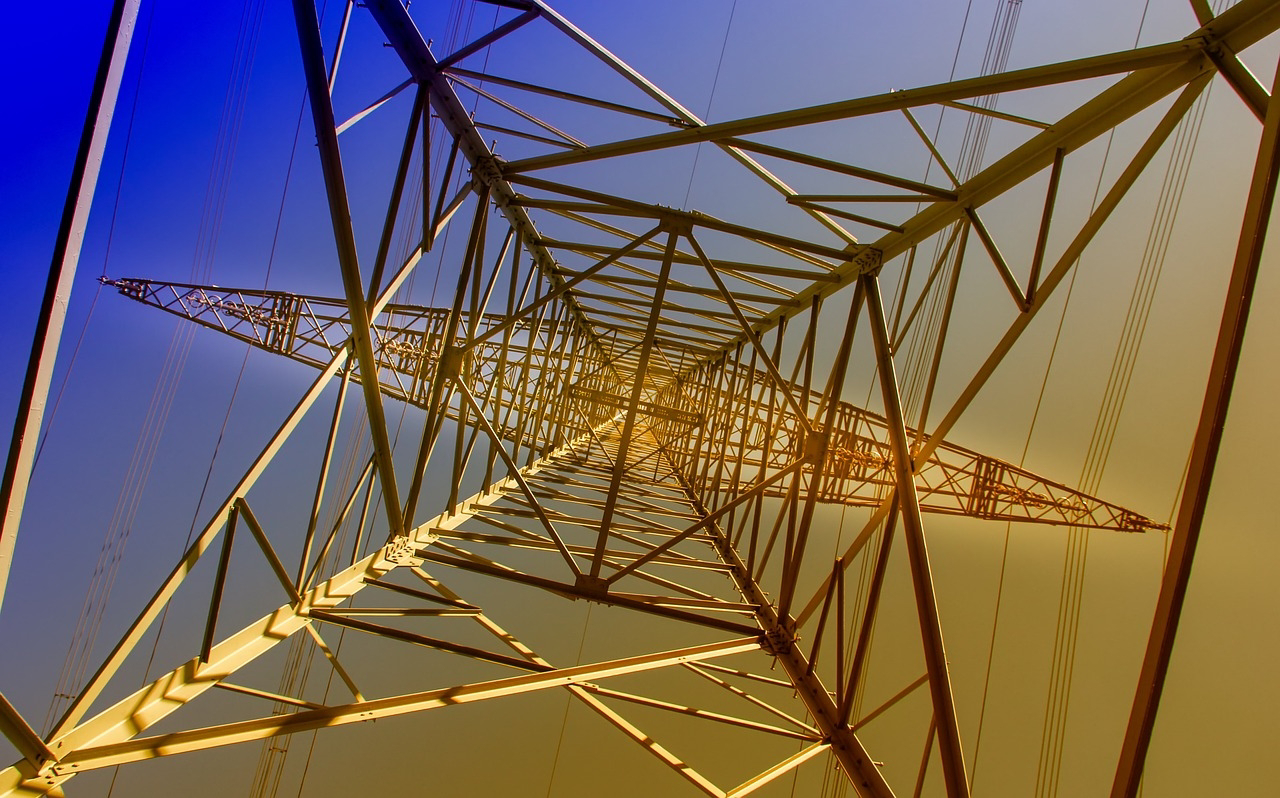Here are some additional details about the process of converting biogas to electricity:
1. Collection of Biogas: Biogas is typically collected from anaerobic digesters where organic waste is decomposed by bacteria. The digesters can be in the form of tanks or large covered pits. The organic material is added to the digester, and as it breaks down, biogas is produced.
2. Biogas Composition: Biogas primarily contains methane (CH4), carbon dioxide (CO2), and small amounts of other gases like hydrogen sulfide (H2S). The methane content is crucial for its energy potential, as methane is a potent greenhouse gas and can be utilized as a renewable energy source.
3. Cleaning and Upgrading: Before using biogas for electricity generation, it needs to be cleaned and upgraded to remove impurities like moisture, sulfur compounds, and other contaminants. This process ensures efficient and safe combustion.
4. Electricity Generation: Once the biogas is cleaned and upgraded, it can be used to generate electricity in different ways. One common method is by burning the biogas in a gas turbine or engine, which drives a generator to produce electricity. Another approach is using combined heat and power (CHP) systems, also known as cogeneration, where the waste heat produced during electricity generation is utilized for heating purposes, increasing overall energy efficiency.
5. Environmental Benefits: Utilizing biogas for electricity production has several environmental benefits. It helps reduce greenhouse gas emissions by capturing methane, a potent greenhouse gas, which would otherwise be released into the atmosphere during the natural decomposition of organic waste. Moreover, it promotes the use of renewable energy sources, contributing to a more sustainable energy mix.
6. Applications: Biogas-to-electricity systems can be implemented at various scales, from small-scale applications in rural areas to larger industrial facilities. They are particularly beneficial in rural communities or areas with abundant organic waste sources, as they provide a decentralized and sustainable energy solution.
Overall, the conversion of biogas to electricity is a versatile and eco-friendly method of energy production that can play a significant role in promoting renewable energy adoption and waste management.
Biogas can be converted into electricity in a number of ways, including:
Internal combustion engines: Biogas is burned in an internal combustion engine to generate mechanical energy, which then powers an electric generator. This is the most common method of biogas to electricity conversion. Gas turbines: Biogas is burned in a gas turbine to generate electricity. Gas turbines are more efficient than internal combustion engines, but they are also more expensive. Fuel cells: Biogas can be converted directly into electricity in a fuel cell. Fuel cells are very efficient, but they are also expensive. Combined heat and power (CHP): Biogas can be used to generate both electricity and heat. This is a more efficient use of the energy in the biogas, and it can help to reduce greenhouse gas emissions.
The amount of electricity that can be produced from biogas depends on a number of factors, including the type of biogas, the efficiency of the conversion system, and the size of the system. In general, 1 cubic meter (m3) of biogas can produce about 6 kWh of electricity.
The cost of biogas to electricity production varies depending on the location, the cost of the feedstock, and the efficiency of the conversion system. In general, the cost of biogas to electricity is competitive with other renewable energy sources, such as solar and wind power.
Biogas to electricity production is a clean and sustainable way to generate electricity. It can help to reduce greenhouse gas emissions and improve air quality. Biogas to electricity production is also a way to utilize waste materials, such as manure, food scraps, and sewage.
Here are some of the benefits of biogas to electricity production:
It is a renewable energy source. It is a clean and sustainable way to generate electricity. It can help to reduce greenhouse gas emissions. It can help to improve air quality. It can be used to utilize waste materials.
Here are some of the challenges of biogas to electricity production:
The cost of biogas to electricity production can be high. The technology is not yet as mature as other renewable energy technologies, such as solar and wind power. There is a limited market for biogas to electricity, as most countries do not have policies in place to support it.
Overall, biogas to electricity production is a promising technology with the potential to provide a clean and sustainable source of electricity. However, there are still some challenges that need to be addressed before it can become widely adopted.












No comments:
Post a Comment